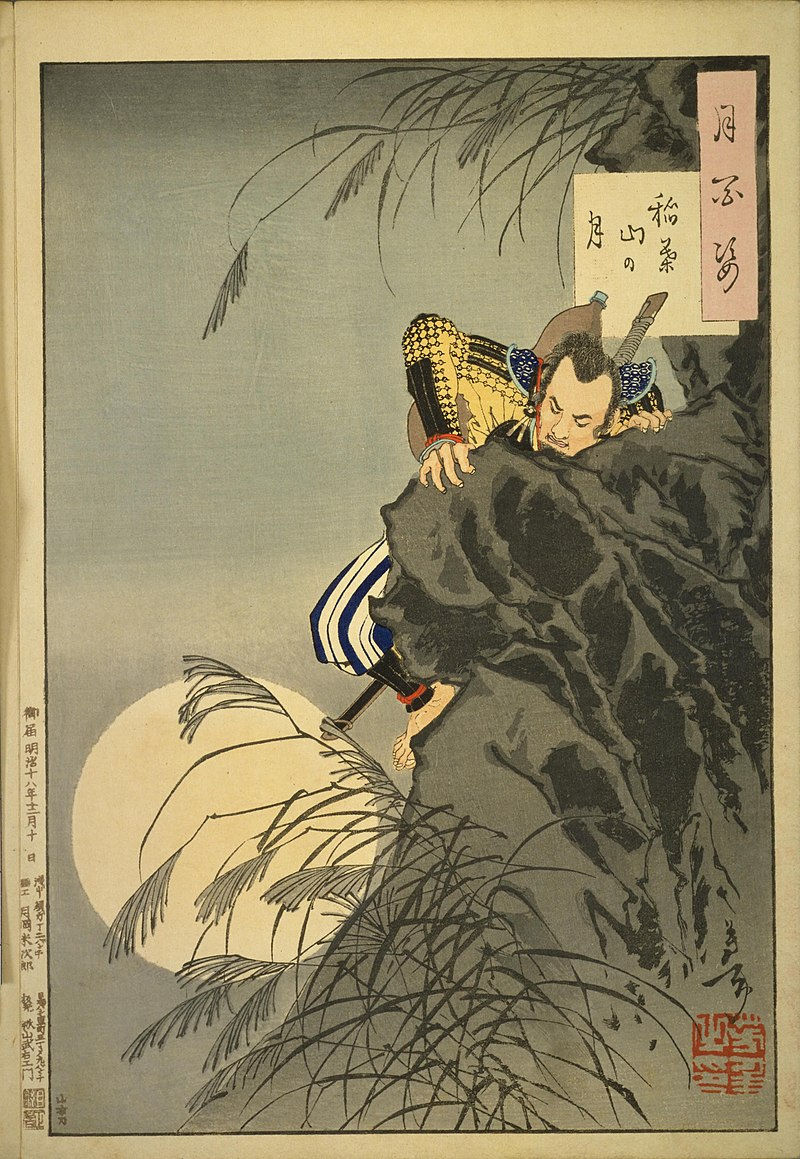Shimazu Clan
- 2304583d
- Aug 4, 2024
- 3 min read

The Shimazu clan (島津氏), one of Japan’s oldest and most powerful samurai families, has a long and distinguished history. Originating in the southern part of Kyushu, they played a significant role in Japan's feudal era and were influential in both the Sengoku period and the Meiji Restoration.
Origins and Early History
Founding:
Ancestry: The Shimazu clan claims descent from the Seiwa Genji, a branch of the Minamoto clan. The clan's founder, Shimazu Tadahisa, was reportedly a son of Minamoto no Yoritomo, the first shogun of the Kamakura shogunate, and his mother was the daughter of Koremune Hironobu.
Establishment: Shimazu Tadahisa was granted the Shimazu estate in southern Kyushu in the late 12th century. The clan took its name from this estate.
Kamakura and Muromachi Periods:
Early Expansion: During the Kamakura (1185–1333) and Muromachi (1336–1573) periods, the Shimazu clan gradually expanded its influence over the Satsuma, Osumi, and Hyuga provinces, solidifying its power base in southern Kyushu.
Vassals of the Shogunate: The Shimazu were loyal vassals of the Kamakura shogunate and later aligned with the Ashikaga shogunate during the Muromachi period.
Sengoku Period (1467–1603)
Rise to Power:
Strategic Marriages and Alliances: The Shimazu clan expanded their power through strategic marriages and alliances with other powerful families in Kyushu.
Military Campaigns: The clan engaged in numerous military campaigns to consolidate their control over Kyushu. They successfully unified the southern part of the island by defeating rival clans, including the Ito, Kimotsuki, and Hongo.
Conflict with Toyotomi Hideyoshi:
Subjugation: In the late 16th century, Toyotomi Hideyoshi sought to unify Japan and subjugate independent daimyo. In 1587, after a prolonged and challenging campaign, Hideyoshi’s forces defeated the Shimazu clan. Despite their defeat, Hideyoshi recognized their influence and allowed them to retain their domains, albeit as vassals.
Edo Period (1603–1868)
Tokugawa Shogunate:
Feudal Lords: Under the Tokugawa shogunate, the Shimazu clan continued to govern the Satsuma Domain, one of the largest and wealthiest domains in Japan. The domain was strategically significant and economically prosperous, benefiting from trade with the Ryukyu Kingdom (modern-day Okinawa).
Autonomy: The Shimazu maintained a degree of autonomy due to their distance from the central Tokugawa authority in Edo (Tokyo) and their formidable military and economic power.
Trade and Cultural Exchange:
Ryukyu Kingdom: The Shimazu clan established a tributary relationship with the Ryukyu Kingdom, facilitating trade between Japan, China, and Southeast Asia. This trade brought considerable wealth and cultural exchange to the Satsuma Domain.
Isolation Period: During Japan’s period of isolation (sakoku), the Shimazu clan leveraged their control over the Ryukyu Kingdom to maintain limited foreign contacts and trade.
Meiji Restoration (1868)
Role in Overthrowing the Shogunate:
Key Players: The Shimazu clan played a crucial role in the events leading to the Meiji Restoration. They were part of the alliance of southern domains, including Choshu, Tosa, and Hizen, that sought to overthrow the Tokugawa shogunate and restore imperial rule.
Satsuma Rebellion: Leaders from the Satsuma Domain, such as Saigo Takamori and Okubo Toshimichi, were instrumental in the movement that led to the Meiji Restoration. Saigo Takamori, in particular, became a legendary figure in Japanese history.
Modernization and Integration:
Transition to Modern Era: Following the Meiji Restoration, the Satsuma Domain and the Shimazu clan played significant roles in Japan’s rapid modernization. Former samurai from Satsuma were prominent in the new government and military.
Integration: The feudal domains were eventually abolished, and the Shimazu clan was integrated into the modern nobility system (kazoku). They continued to be influential in various aspects of Japanese society.
Legacy
Cultural and Historical Impact:
Contributions: The Shimazu clan contributed significantly to Japan’s cultural, political, and economic history. Their rule in southern Kyushu left a lasting legacy, including contributions to trade, military tactics, and governance.
Historical Sites: Many historical sites related to the Shimazu clan, such as Sengan-en (a stately home and garden in Kagoshima) and the remains of Kagoshima Castle, attract visitors and scholars interested in their history.
Modern Influence:
Continued Prominence: Descendants of the Shimazu clan remain prominent in various fields in Japan. The clan’s legacy continues to be celebrated and studied, reflecting their lasting influence on Japanese history.
The Shimazu clan’s history is marked by strategic acumen, military prowess, and cultural contributions. Their ability to adapt to changing political landscapes and maintain their influence over centuries makes them a significant and enduring force in Japanese history.




Comments